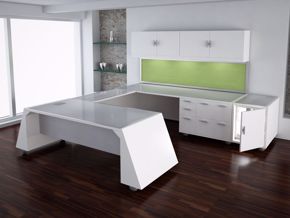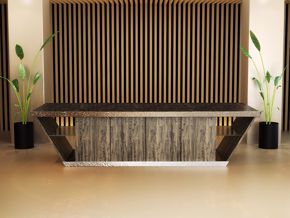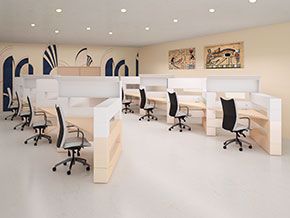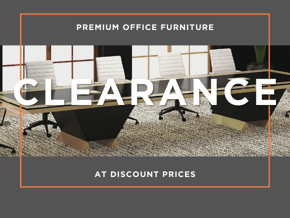You’ve heard the old saying: “It’s not what you say, it’s how you say it.” If you’re thinking that sounds a bit cliché, you’re right. In reality, there is a lot of truth wrapped up in that small statement. It’s the “how” part of the “saying” that’s screaming all the other things your words are not—e.g., tone, voice inflection, and facial expression, just to name a few. Experts say the how elements make up more than 90% of what you are communicating.
For this reason, good communicators work just as hard on how they say what they must convey as they do on what’s coming out of their mouths. If their body language doesn’t align with what they are saying, there’s a good chance they will not be believed. Bad body language can create a pattern of disbelief without the listener even knowing why.
Generally, most people are not effective communicators—and one of the main reasons is bad body language. They will slouch, not smile, play with their hair, cross their arms, and make long, unrelenting eye contact…or none at all. All of these things (and more) unwittingly communicate a silent message—and how they are stating their message may not be the communication they want their listener to receive.
Just as your physical body has many ways of telling others the truth about you and letting them know whether your words should be believed, your company’s environmental body has many ways of communicating messages, as well. One is via your workplace environment.
Your workplace visitors will likely experience two areas in your workspace: your reception area and your conference room. If nowhere else in your office, these rooms should act as perfect communicators for visiting guests. Here are a few areas in which modern office “body-language” communicators can drop the ball.
A Message of Disorganization
When a visitor walks into your reception area and there are piles of papers and stuff crammed into every nook and cranny of the room, it communicates a lack of orientation to detail, organization, and process. You can avoid this kind of bad communication by selecting office furniture that is appropriate for the functions and storage you need to support. The right furniture in today’s modern offices works hand in hand with your process planning, so the tools used in your area of business should be neatly put away…with a home for everything. By avoiding clutter, you send the message that you are on top of your organizational processes, and that details matter. Sometimes, it takes a custom piece of furniture to get the right fit and function for your business.
Damaged Office Furniture
I’ve been in modern reception areas featuring a laminate reception desk with a sizable chunk of laminate missing, handles missing on drawers, and/or dents and scratches.
Left unattended, items in your office that require maintenance or replacement reflect badly upon your attention to detail and care. If a company doesn’t exercise concern and care for their own property, how will they deal with mine?
Tired Offices
Office design plays a large part in the look and feel of your business. If your design is old, it may be time to see if it needs modernizing. Key details like fresh paint in today’s colors and replacement of pivotal pieces of furniture may be in order. Certain colors and styles go out of style, and should be updated.
Many businesses today need their customers to feel that the products and services they buy are going to last a while—or, in many cases, that the latest style and/or technology will not need to be replaced shortly thereafter. Your reception-area presentation can convey the impression that you are either behind the times…or innovative.
UnInviting Offices
A reception area should communicate “welcome” when your customers visit your workplace. To accomplish this, it is important to think and plan empathically. This means spending time in advance thinking about the experience you want your visitors to have. Where will they sit? How comfortable are the chairs? Which group formations work best for your business? What do you want your customers to read or know about your business and the ways you can help them? Which elements communicate the feelings you want your customers to have? Which style of reception desk best supports the interaction your visitor needs to experience with your staff?
Often, reception areas are cold and thoughtless: chairs are straight, hard, cheap, and uncomfortable. Tables display old, dated magazines from someone’s house that they got tired of. Colors are often dreary, and communicate when can I get out of this place?
Oftentimes, office designs are created with nothing in mind other than what looks nice or what one can afford to spend. Seldom do we plan the customer’s experience first.
A workplace visitor is royalty to your business. The unspoken language your reception area and conference room should communicate is one that helps them to feel welcome—and impressed that you thought ahead and planned for their experience before they arrived.
Need welcoming ideas? We welcome the opportunity to help! Call us.










